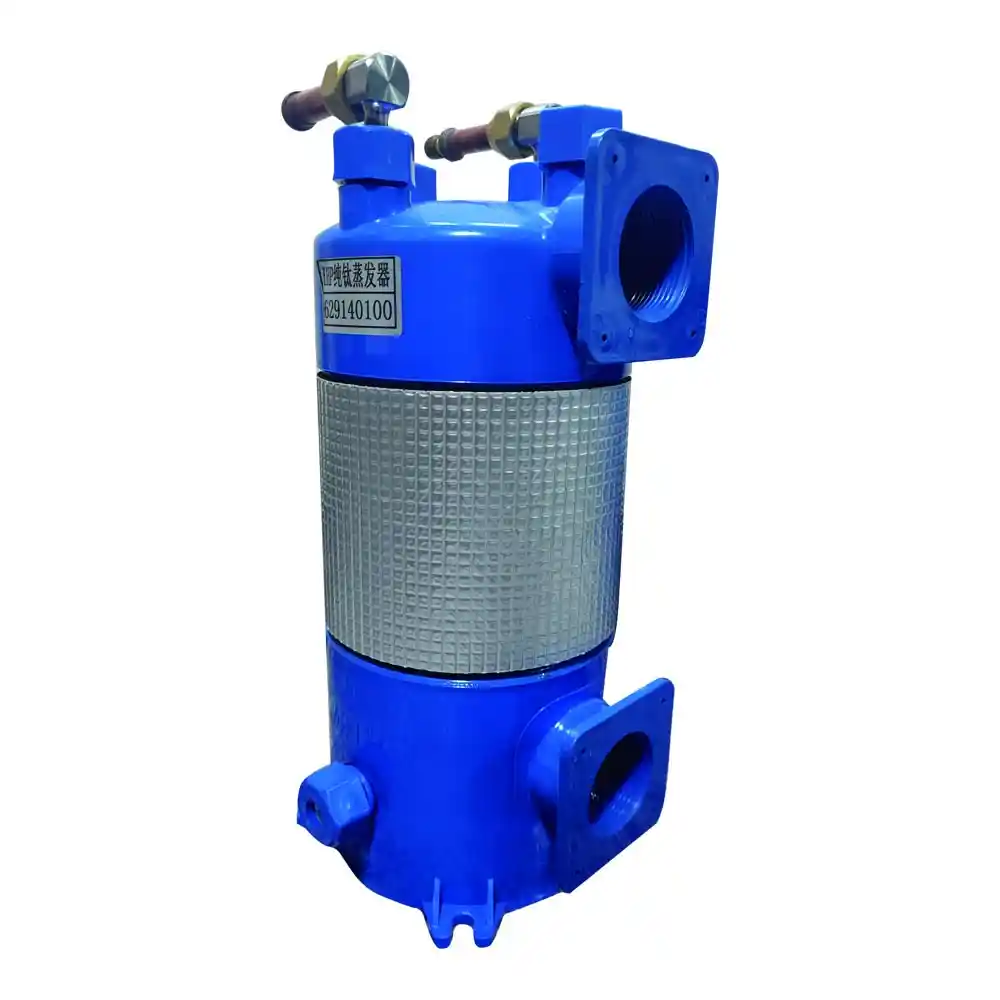1. Introduction
Flared fittings play a crucial role in the construction and operation of titanium coil heat exchangers. These fittings provide a secure and efficient means of connecting tubes within the heat exchanger, enabling the transfer of heat between the primary and secondary fluid circuits. This article explores the significance of flared fittings in titanium coil heat exchangers, their impact on performance and reliability, and provides a comprehensive analysis of their characteristics and suitability for specific applications. We will delve into the design considerations, advantages, and limitations of flared fittings, supported by relevant data and comparative analysis.
2. Understanding Flared Fittings in Titanium Coil Heat Exchangers
Flared fittings offer several key advantages when used in titanium coil heat exchangers:
2.1 Seamless Tube Connection
Flared fittings are designed to create a seamless connection between tubes, ensuring a leak-free and reliable joint. The flaring process involves expanding the tube end to form a cone shape, which perfectly mates with the corresponding flared fitting. This seamless connection minimizes fluid leakage and pressure loss, optimizing the overall efficiency of the heat exchanger.
2.2 Enhanced Strength and Durability
Flared fittings provide enhanced strength and durability due to their solid construction and secure connection. The flared joint distributes stress evenly along the fitting, reducing the risk of fatigue or failure over time. This characteristic makes flared fittings suitable for applications that involve high-pressure or high-temperature conditions, where the reliability of the heat exchanger is paramount.
2.3 Versatility and Compatibility
Flared fittings offer versatility in terms of tube sizes and compatibility with different materials. Whether the heat exchanger requires connecting tubes of varying diameters or tubes made of different materials, flared fittings can accommodate these requirements. This flexibility allows for customization and optimization of the heat exchanger design to meet specific project needs.
3. Limitations and Considerations
While flared fittings offer numerous advantages, it is essential to consider their limitations and potential challenges:
3.1 Precision and Skill Requirements
Proper installation of flared fittings requires precision and skill. The flaring process must be performed accurately to ensure a tight and leak-free connection. Inadequate flaring techniques or improper tooling can result in compromised joints, leading to potential leaks and reduced performance. Adequate training and expertise are necessary to ensure the successful installation of flared fittings.
3.2 Compatibility with Thin-Walled Tubes
Flared fittings may not be suitable for thin-walled tubes. The flaring process can potentially weaken the structure of thin tubes, compromising their integrity and increasing the risk of failure. It is crucial to assess the tube specifications and consult with experts to determine the compatibility of flared fittings with thin-walled tubes in the heat exchanger.
4. Comparative Analysis of Flared Fittings
Let’s compare the performance and characteristics of commonly used flared fittings in titanium coil heat exchangers:
| Flared Fitting Type | Advantages | Limitations |
|---|---|---|
| Brass Flared Fittings | – Excellent corrosion resistance | – Limited temperature and pressure ratings |
| – High strength and durability | – May require skilled labor for installation | |
| – Cost-effective | ||
| Stainless Steel Flared Fittings | – Superior corrosion resistance | – Higher initial cost compared to brass fittings |
| – High-temperature and pressure ratings | – Requires precise flaring techniques and tooling | |
| – Long service life | ||
| – Suitable for aggressive fluids |
5. Conclusion
Flared fittings play a significant role in ensuring the performance, reliability, and efficiency of titanium coil heat exchangers. Their seamless tube connection, enhanced strength, and versatility make them a preferred choice for various applications. However, it is crucial to consider the precision and skill required for their installation and their compatibility with thin-walled tubes.
By understanding the advantages, limitations, and design considerations of flared fittings, engineers and designers can make informed decisions when selecting the most suitable fitting type for their titanium coil heat exchangers. Comparative analysis and data-driven evaluations further optimize the performance and reliability of these heat exchangers, contributing to overall project success.


